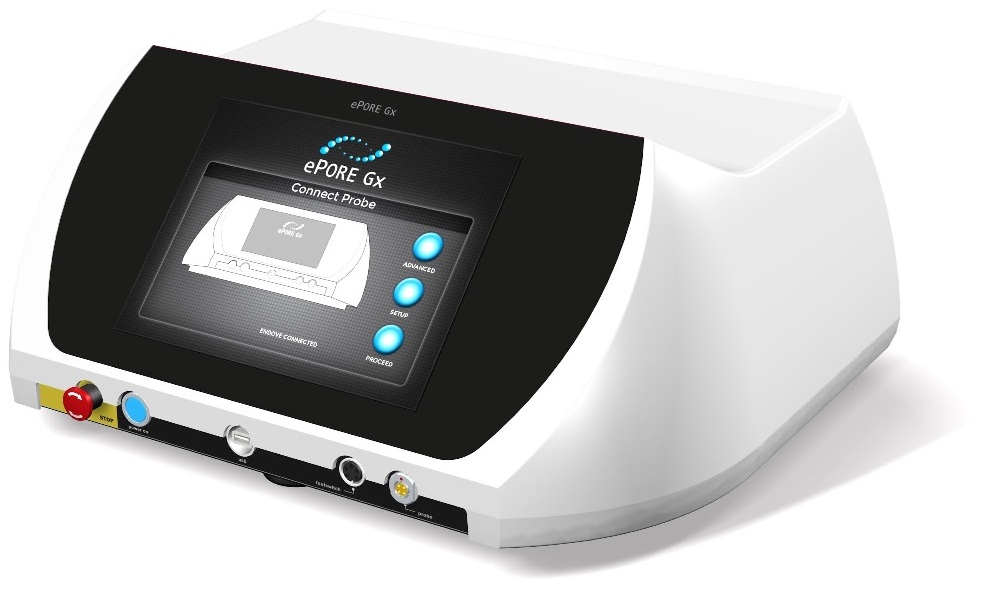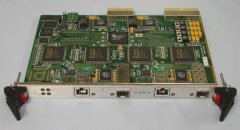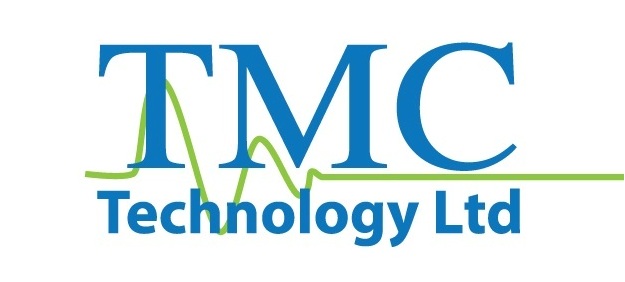
LoftEase Attic Stairs
Loftease wanted to electrify their attic stairs and turned to TMC Technology to help. "TMC Technology were given a unique problem by us to solve, which was to come up with an electronic package that would enable us to automate a 3 section attic ladder that would open and unfold fully under remote control. It also had to fit into a very small volume envelope size. TMC Technology were more than up to the task and had it all done in a short time frame. The Skylark Electric Foldaway Attic Stairs would not be where it is today without the expertise and help of TMC Technology."
Peter Morrow - MD Loftease Attic Stairs.
MitaMed Cancer Treatment Unit

Cork Cancer Research Centre is developing innovative cancer treatment methods for certain types of tumours. They required a machine built to medical standards and which would be simple to operate, to drive the special probes they have developed. Drawing on its experience in electronics design over the years, TMC Technology was able to meet the high specification required for both the hardware and software. Based on its own quality management system and in conjunction with a certified test house are able to verify it meets the medical standards required.
“We found working with TMC we were able to develop on time and to specification our device. The team at TMC were skilled not only in the electronics development but also in the critical steps to ensure CE approval for our machine” Dr. Declan Soden.
Magna-Donnelly Mirror Tester

When Magna-Donnelly introduced a range of mirrors which automatically darken at night when lights from a car behind shine on it, they approached TMC Technology to design a test machine for them.
We designed a complete tester to verify each of these mirrors at the end of the production line. Under computer control this pneumatically clamps the mirror to exclude light and then measures parameters such as reflectivity and response time. Buttons are pressed pneumatically to check the electronics turn on and also that courtesy lights operate. A small pass label is printed at the end of the test or should the mirror fail test, results are printed on a larger label.
The software logs all the details and warns the operator if the same type of errors are occuring frequently.
The system involved considerable mechanical design for the unit that holds the mirror. The system has proven quite successful as several more have been built since.
Variable speed drive test system

A customer produces a three axes variable speed drive which can deliver up to 500A per phase to the motors. TMC Technology developed Software for running a machine to test these in Labview. This enables parameters such as in-rush current at switch on, current balance per phase and safety features to be tested. A complete drive can now be tested in a couple of hours with automatic logging of results representing a fraction of the time it used to take without this equipment.
Shenick Network Systems

Shenick Network Systems have been involved in Ethernet Service testing for a number of years and provide tools for Quality of Service (QoS) verification. As networks' speeds have increased to 1Gb a hardware accelerator was needed to enable networks to be tested at maximum throughput. They devised a hardware method for doing this but needed help in bringing this concept to fruition.
TMC Technology assisted by producing an initial circuit board as a proof of concept. After development and debugging of prototype boards, we produced a larger number of prototypes for use by their own Software developers.
Once testing was complete we assisted Shenick in getting the boards into production with a Contract Manufacturer. Our service also included mechanical drawings and production, in our workshop, of metal faceplates for the prototypes.
National Maritime College Morse Tutor

To help the students at the National Maritime College of Ireland learn Morse code, we designed and built a system to enable them to learn with sound or light. The system enabled the tutor to connect various students together and monitor their progress. He could also talk to selected students either through Morse or voice. A facility was provided which enabled him to type passages on a computer keyboard and have the system translate this into Morse at a preselected rate.






